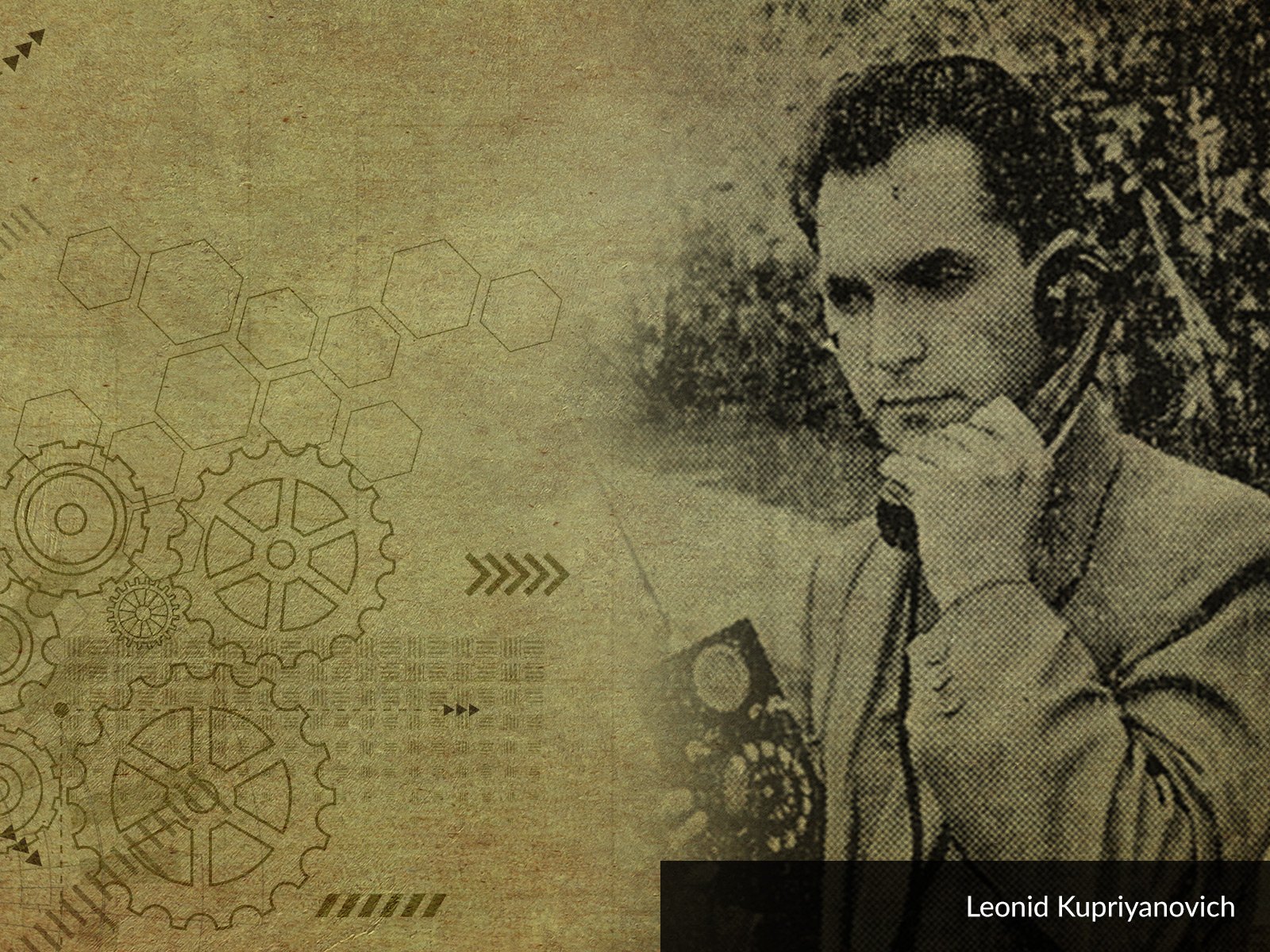
The army enabled Siemens to receive a thorough education in physics, chemistry and mathematics. His career was interrupted by an incident in which he was convicted of participating in a duel (as a second). He served his sentence in the citadel in Magdeburg. Luckily, he was allowed to conduct his research. This resulted in the development of an electroplating technique, which proved to be very effective, for example, in the silver plating of spoons. Siemens sold the rights to this invention to a jewellery company.
From the telegraph to the industrial revolution
In the following years, Siemens turned his attention to projects for the army. In 1846, he developed a new model of telegraph, and a year later he invented a technique of insulating cables with gutta-percha, which significantly extended the possibilities of running telegraph lines. At the same time, with the financial support of his family, Siemens co-founded with Johann Halske a telegraph company, which was later to become one of the world's biggest players.
In 1848, the company completed its first major order and made a telegraph connection between Berlin and Frankfurt am Main. Interestingly, the solutions invented by Siemens and implemented by Halske made it possible to get simultaneous transmission in both directions using a single line. The success led to further jobs – in the 1950s, telegraph lines connected Warsaw with St. Petersburg, and then the latter with Moscow. The launch of a line from London all the way to Calcutta, as well as a transatlantic line were some of the company's other major achievements.
It's worth noting that Ernst Werner Siemens didn't allow himself to be pigeonholed and didn’t restrict his activities only to the telegraph. As early as in 1866, he developed an electric generator, which in time became the backbone for several other revolutionary developments – the first electric locomotive, as well as a tram and a trolleybus. It was thanks to Siemens that the streets of Berlin got lit up with electric lanterns, and electric lifts appeared in many German cities.
Taking care of employees’ and company’s interests
The German inventor was able to combine in a spectacular way his individual success in the field of technology with the achievements of the entire organisation he created. His designs were launched to the market quickly and made profit. Remarkably, Siemens took great care of his employees – he introduced a system of bonuses that were not only awarded to executives, but also to rank-and-file production workers. He also established a pension fund and limited working hours to nine per day (at that time, many factory workers worked 12 hours per day). At the same time, Siemens looked after company's interests in an effective way – he lobbied for the introduction of a more streamlined patent policy in the Reich and was involved in the drafting of the Patents Act, which is still in place to a considerable extent today.
In many respects, Ernst Werner Siemens’ contribution to the history of electronics is unquestionable. On the one hand, the solutions he developed contributed to the industrial revolution of the 19th century; on the other hand, his business talent helped to build one of the most successful and largest corporations, which now employs more than 300,000 people worldwide, and which is still involved in innovative projects in almost every industry today.
Silicon Valley in pursuit of the 19th century
Many readers probably associate the name Ernst Siemens with household appliances and consumer electronics – which is quite right, as this is probably the most widely recognised field of activity of this brand. However, engineers and technicians working in areas such as automated production or power generation are well aware that Siemens also stands for a broad range of circuit breakers, relays and contactors and even small components such as switches and indicators. This is all not to mention sensors and transducers, and even the numerous programmable logic controllers that are the “nervous system” of countless manufacturing plants around the world. And this is just the tip of the iceberg that is the activity of the brand that was established more than 150 years ago.
The high-profile story of the Theranos brand a few years ago shows the significance of Siemens in global markets. Theranos was a company founded in California that set out to revolutionise the medical research market. It focused on innovative blood analysis methods and promised to deliver a fully automated, miniature laboratory that would perform complex diagnostics using cutting-edge technology – the kind of technology we would normally expect from Silicon Valley inventors. The company collapsed and its founders proved untrustworthy. It turned out that Theranos' revolutionary research amounted to clumsy attempts to work out and copy... a Siemens-branded automated minilab.





